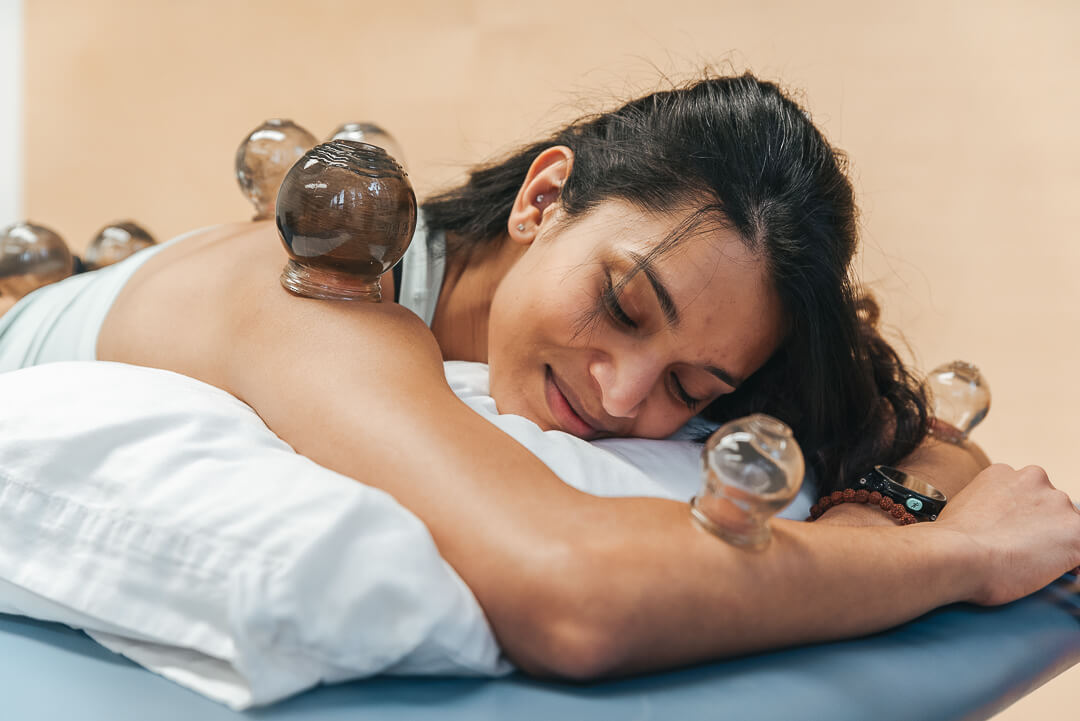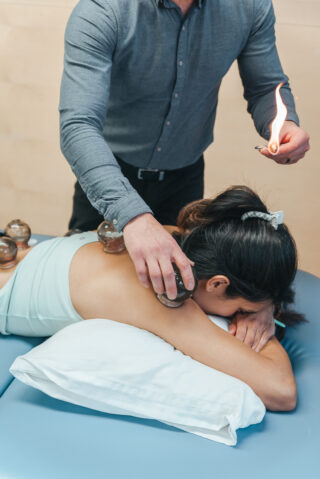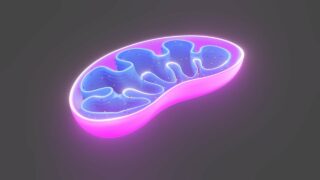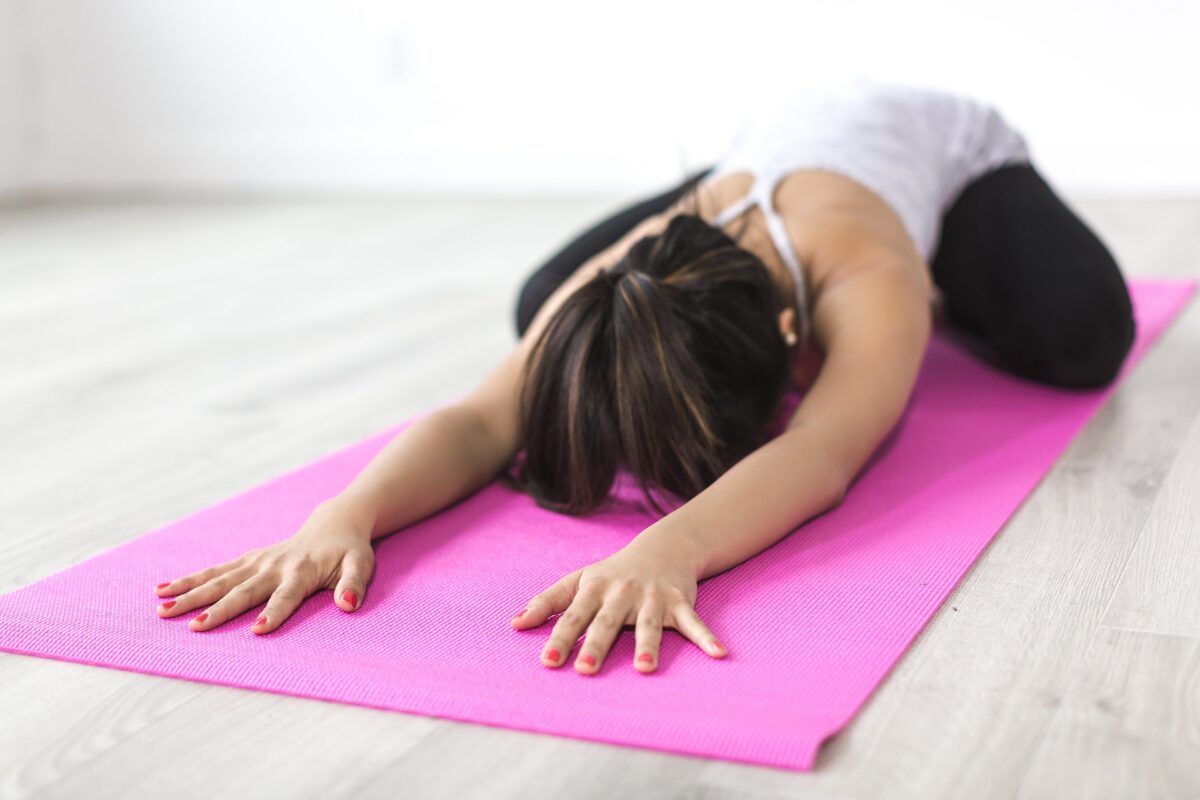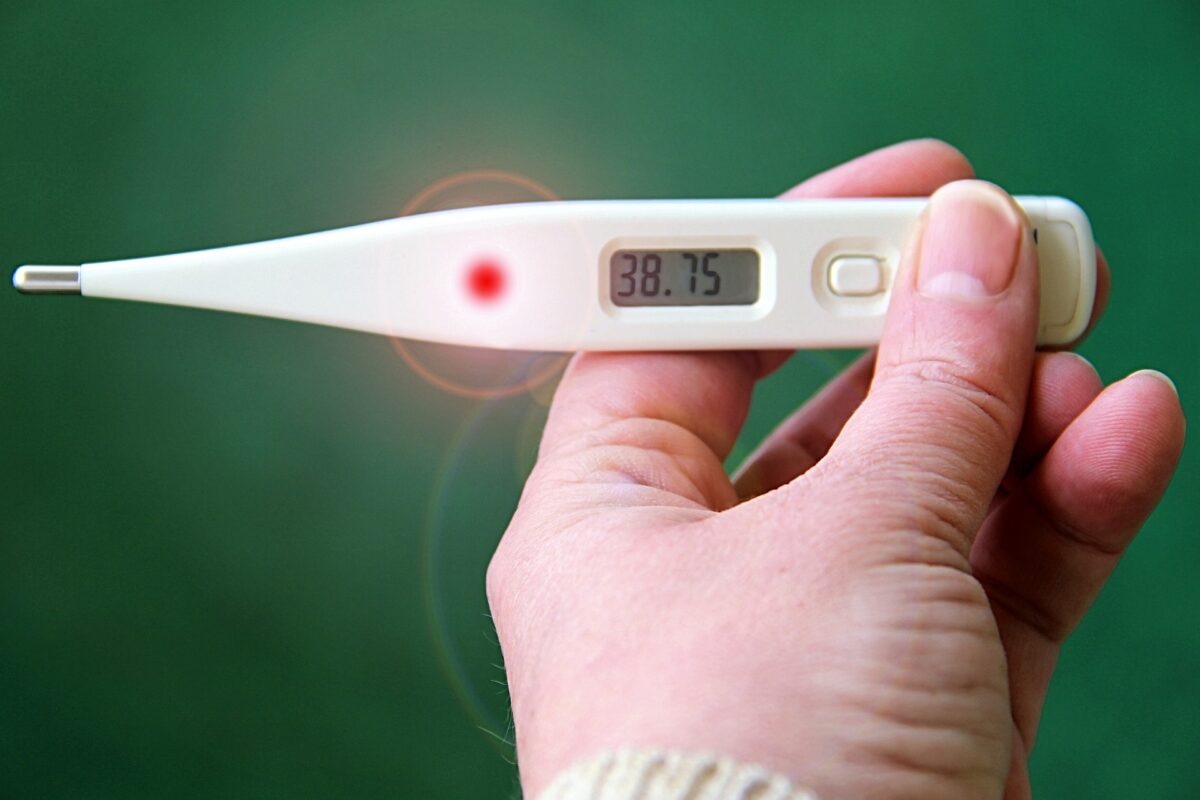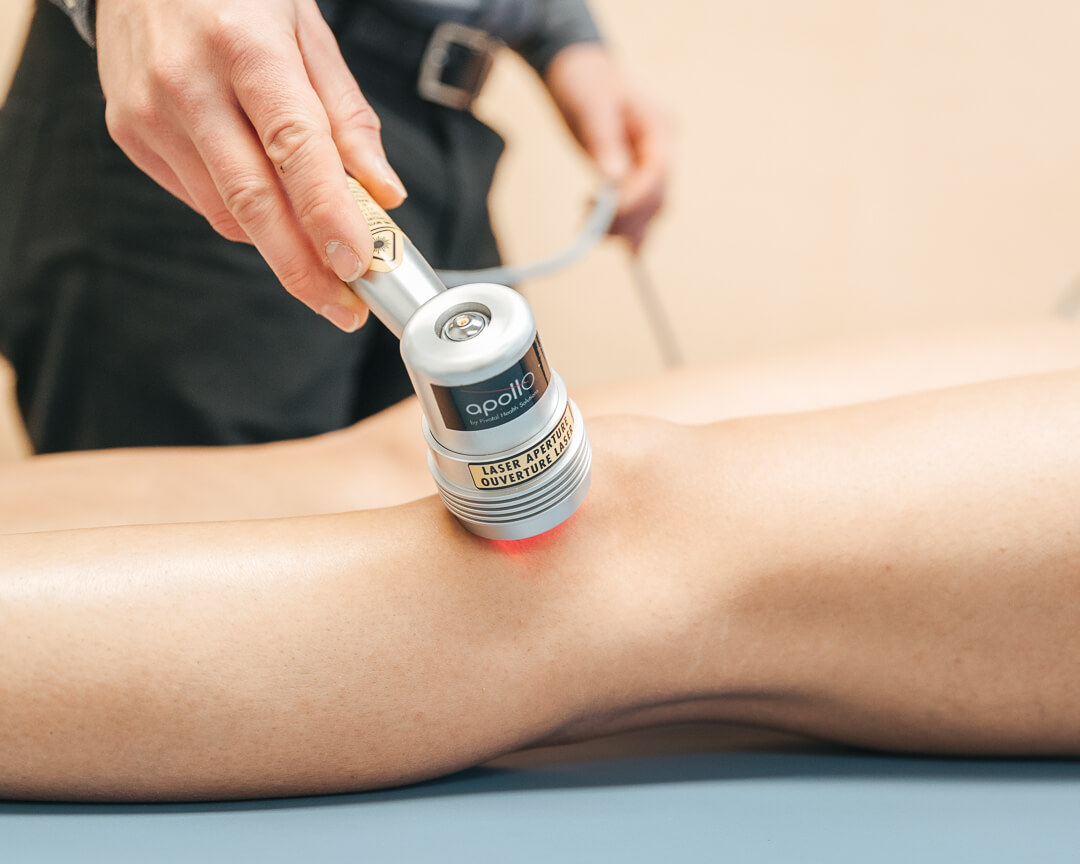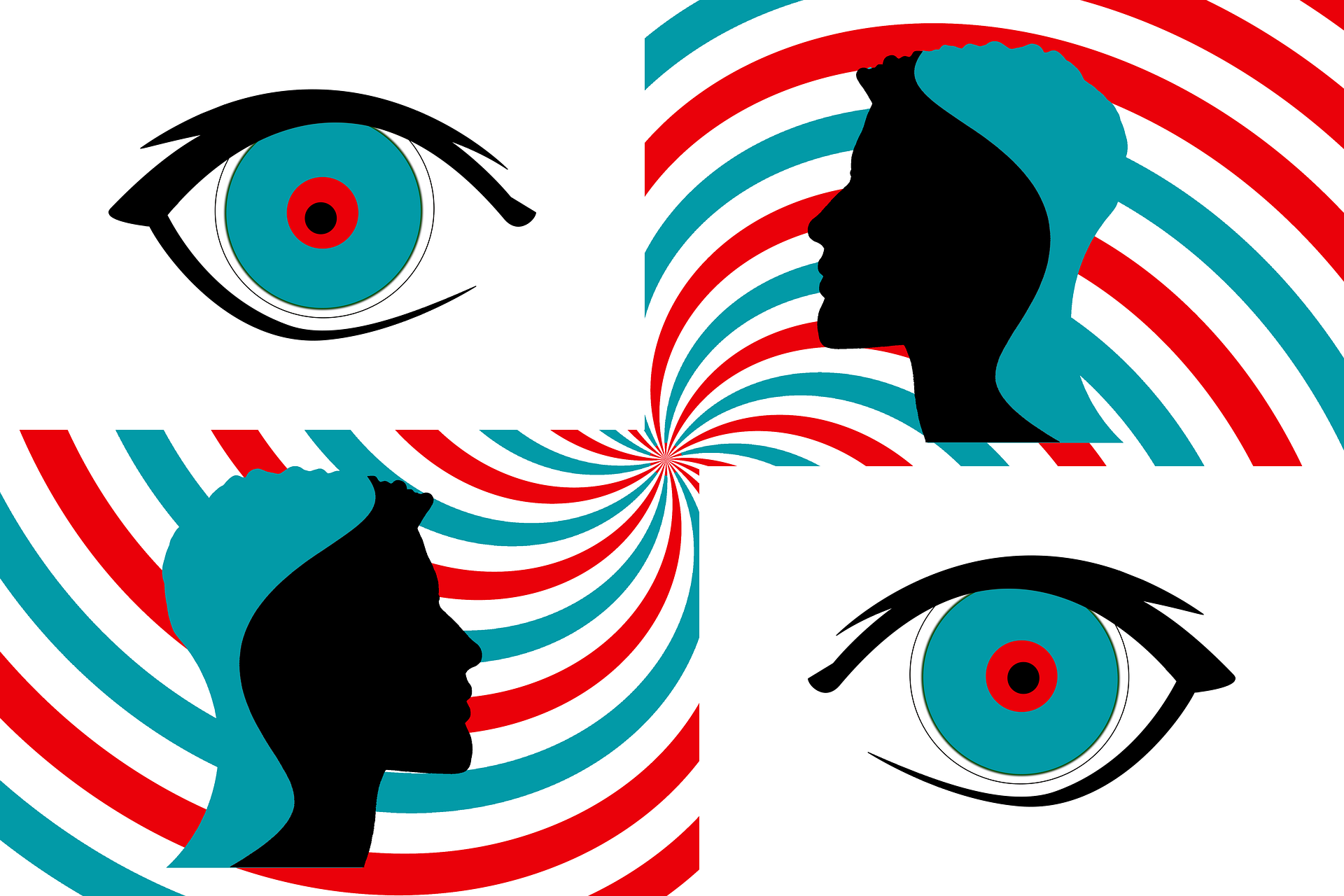Hello, fellow health enthusiasts! Today, let’s hit a high note and delve into something that combines our love for rhythm and wellness – Music Therapy.
Now, you might be thinking, “Music Therapy? Is that just listening to Mozart while sipping chamomile tea?” Well, not quite! The American Music Therapy Association defines it as “the clinical and evidence-based use of music interventions to accomplish individualized goals within a therapeutic relationship by a credentialed professional.” In simpler words, it’s using music strategically to improve your health and well-being.
Before you start frantically searching for your old recorder or tambourine, let’s tune into some of the incredible ways music therapy can strike a chord with your mental health.
1. Stress Relief: Researchers at Stanford University found that rhythmic music has a profound effect on brain function, acting like a natural stress-buster. So, the next time you’re pulling your hair out over your boss’s impossible deadline, maybe try drumming on your desk. Just tell your annoyed colleagues it’s for science!
2. Improved Mood: A study from the Journal of Positive Psychology suggests that people who actively engage with music through dancing or attending concerts report higher levels of subjective well-being. If you’ve ever belted out your favorite song in the shower or busted a move at a concert, you’ll know exactly what they’re talking about!
3. Better Sleep: Struggling with insomnia? A review of 10 different studies found that listening to relaxing classical music before bed significantly improves sleep quality. So, Beethoven might just be the sleep guru you’ve been looking for.
4. Enhanced Focus: A study published in the Journal of Neuroscience discovered that background music helps people focus on tasks, especially those that require constant attention. So, if you’re finding it hard to concentrate on this blog (I’ll try not to take it personally), maybe put on some Bach.

Working with a music therapist
Music therapy treatment sessions can be an enlightening and transformative experience. Under the guidance of a certified music therapist, these sessions generally begin with an initial assessment to understand the client’s needs and establish therapeutic goals. Following this, the therapist uses various music-based activities, which may include listening to music, creating music using instruments, singing, or moving to music.
The cost of music therapy can vary greatly depending on the therapist, location, and duration of the session, but generally, it ranges from $70 to $120 per session. Some health insurance providers may cover part or all of the cost, so it’s worth checking with your provider.
The course of music therapy is highly individualized and depends on the client’s specific needs. However, most people typically begin to see the benefits after 6 to 12 weekly sessions. It’s important to remember that the journey of healing and growth is different for everyone, and some may require more sessions to experience significant improvements.
Music therapy is a versatile therapeutic tool that can be used to treat a wide range of conditions, including depression, anxiety, stress, addiction, and even physical ailments like chronic pain. By providing an outlet for self-expression and a means to explore and regulate emotions, music therapy can enhance relaxation, promote emotional well-being, and facilitate personal growth.
Overall, music therapy is not just about the music—it’s about using music as a channel to open doors, heal wounds, and create connections. It’s a symphony where each note, each pause, and each crescendo is a step toward wellness.
Looking for a music therapist? Here is a link to the Ontario Association of Music Therapists

Incorporating music into daily living
Now, you might be thinking, “This all sounds great, but how do I incorporate this into my daily routine?” Well, here’s the beauty of music therapy – it can fit into every nook and cranny of your day. Listen to uplifting tunes while brushing your teeth, hum a calming melody during your commute, or even conduct a mini symphony while waiting for your coffee to brew!
The science is clear: music therapy hits all the right notes when it comes to boosting mental health. It’s like having your own personal health DJ, spinning tracks to help you handle stress, improve your mood, get better sleep, and enhance focus. So, why not give it a try? After all, in the wise words of Friedrich Nietzsche, “Without music, life would be a mistake.”
Alright, health-conscious maestros, it’s time to wrap up this symphony. Stay tuned for more exciting health revelations, and remember, always keep your mind sharp and your playlists sharper!


